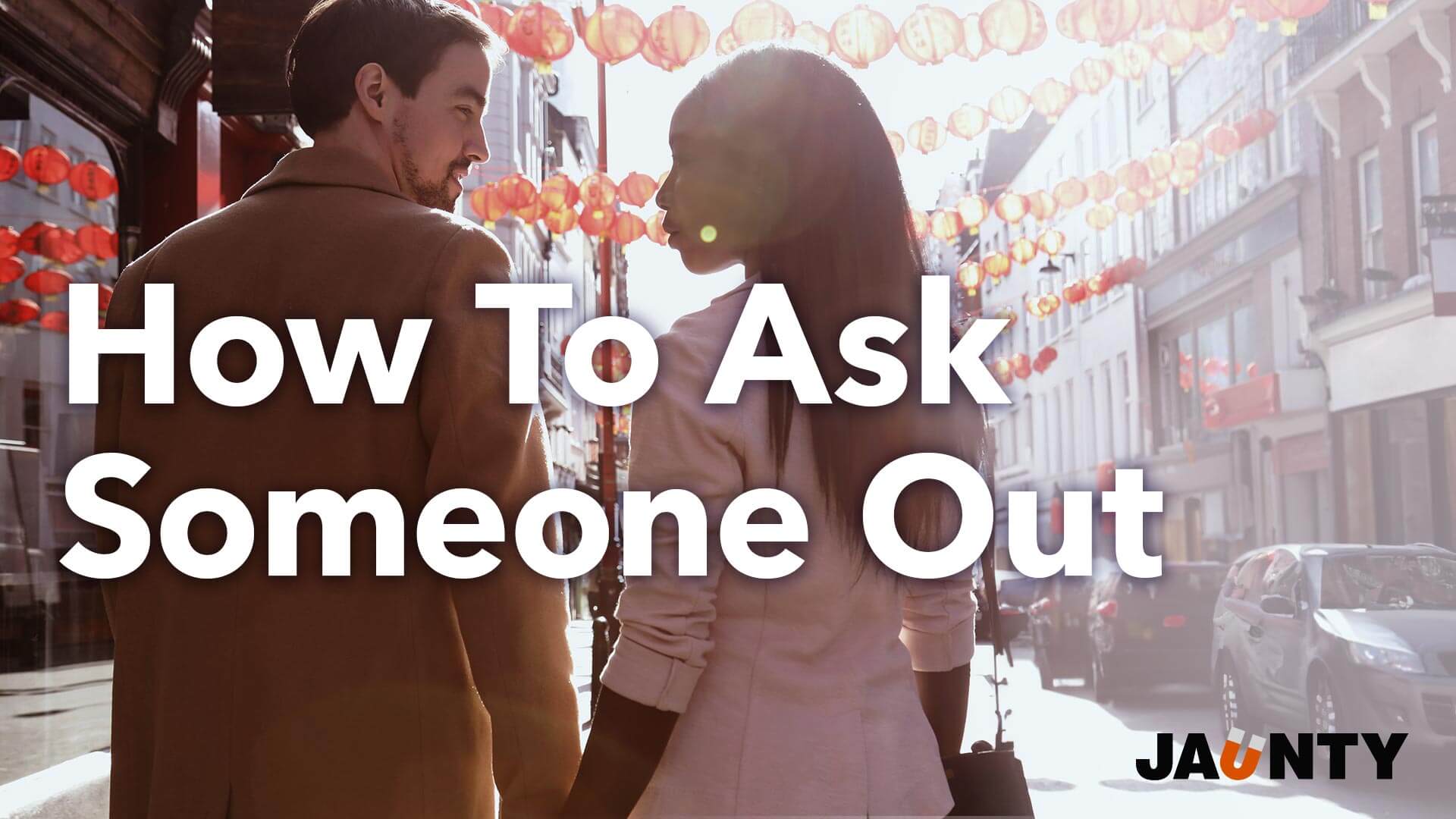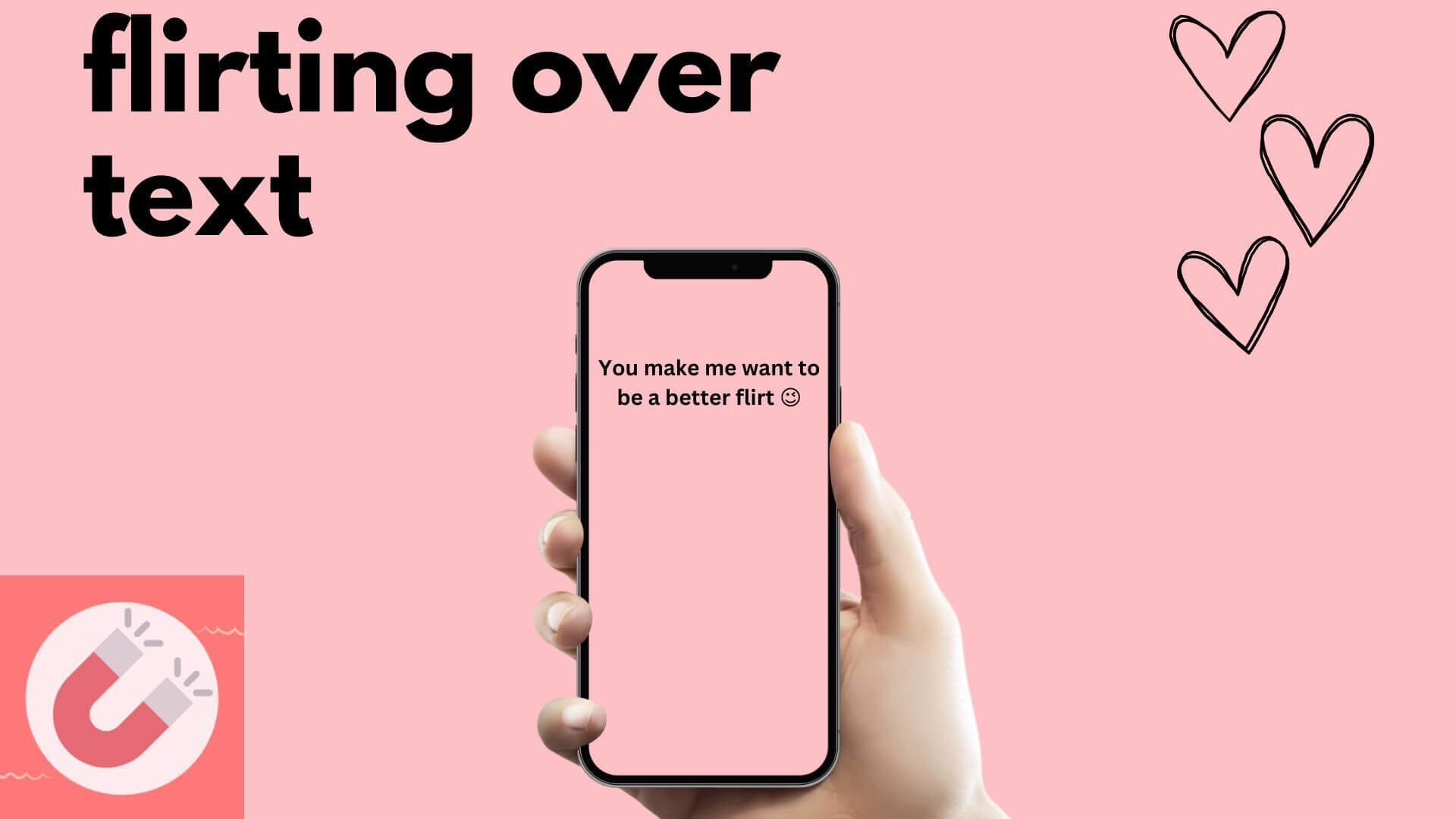Public Displays of Affection, or PDA, are ways couples show attraction, fondness, and love. PDA can include physical forms of flirting like holding hands, hugging, and kissing, and may also include other more subtle or verbal forms of affection, done in public. Views on PDA vary widely in different cultures and settings, reflecting different social norms, personal comfort levels, and relationship dynamics.
PDA is an important part of flirting because it can help to establish a connection and build intimacy with the other person. It’s a way of showing your interest and intentions, and attempting to get closer to someone you like. However, it’s important to remember that PDA should be consensual and both parties should be comfortable with it.
What Are The Different Types of Public Displays of Affection (PDA)?
Public displays of affection (PDA) can vary widely from couple to couple, and its meaning can range from subtle gestures to more overt public expressions. Each form of PDA carries its own meaning and significance, and it’s important for couples to communicate and respect each other’s comfort levels.
Understanding and respecting each other’s comfort with various forms of PDA is crucial for maintaining a balanced and respectful relationship.
1. Kissing
Kissing is one of the most common forms of PDA. This can range from a quick peck on the cheek or lips to more passionate kisses. Couples may engage in this form of affection to express their love and connection with each other.
2. Holding Hands
Holding hands is a simple yet meaningful way for couples to show their affection and maintain a sense of closeness in public. This gesture can signify unity, support, and a desire to stay connected with one another.
3. Cuddling
Cuddling or leaning on each other in public spaces can be a comforting and affectionate way to express love and care. This can include sitting close together, resting one’s head on the other’s shoulder, or wrapping arms around each other.
4. Touching or Stroking
Touching or stroking can involve gentle caresses, such as running fingers through the other person’s hair, touching their face, or rubbing their back. These subtle gestures can convey a sense of intimacy and tenderness between partners.
5. Playing with Fingers or Hair
Playing with a partner’s fingers or hair can be a playful and affectionate way to connect with them in public. This can involve intertwining fingers, twirling hair, or gently tugging at each other’s locks.
6. Massaging
Massaging a partner’s shoulders, back, hands, or feet can be a soothing and caring way to express affection. This form of PDA can help relieve stress and demonstrate a desire to care for the other person’s well-being.
7. Putting Arms Around Waist or Shoulder
Placing an arm around a partner’s waist or shoulder can be a protective and supportive gesture. This form of PDA can communicate a sense of security and closeness between partners, as well as a willingness to stand by each other’s side.
8. Eye Contact and Smiles
Maintaining eye contact and exchanging smiles with a partner in public can be a subtle yet powerful way to express affection. These nonverbal cues can convey a sense of connection, understanding, and warmth between partners, even from a distance.
9. PDA on Social Media
Public displays of affection can also extend to the digital realm. Couples may post pictures together, write sweet messages on each other’s profiles, or express their love for each other online. As with other forms of PDA, it’s essential to ensure that both partners are comfortable with sharing their relationship on social media.
10. Verbal Affection
Expressing affection verbally can include saying “I love you,” complimenting the other person, or making affectionate remarks in public. This form of PDA can help reinforce the emotional bond between partners and demonstrate their appreciation for one another.
11. Dancing
Dancing together in public can be a fun and romantic way for couples to express their affection. Whether it’s slow dancing at a formal event or spontaneously swaying to the music at a street festival, dancing can symbolize a sense of unity, harmony, and joy between partners.
12. Public Gift-Giving
Presenting a partner with a gift in public can be a thoughtful and affectionate gesture. This can range from small tokens like flowers or chocolates to more significant presents such as jewelry or personalized items. Gift-giving can symbolize love, appreciation, and commitment to one’s partner.
13. Public Spectacle
Some couples may choose to express their affection through grand gestures, pronouncement, or public spectacles. This can include surprise proposals, flash mobs, or serenading one another in a public setting. While these displays can be exciting and memorable, it’s crucial to ensure that both partners are comfortable with such public expressions of love.
When Is PDA Okay?
The appropriateness of PDA largely depends on the context, timing, setting, and the relationship’s stage. In casual or romantic settings, like a beach or a park, couples might feel more at ease expressing affection. In more formal or public settings, like in the office or during a family gathering, more restrained PDA is typically appropriate.
This consideration also extends to the specific dynamics of the couple. For example, new couples might naturally be more reserved with PDA, while those in long-term relationships might be more open to public displays. Each couple has their own comfort level with PDA, which might evolve over time.
It’s essential to be mindful of social cues and the environment. For instance, a long embrace or a passionate kiss might be suitable in a romantic beach setting, but would be out of place in a professional context or upon a first meeting with someone’s parents.
Understanding and respecting your partner’s preferences, along with being aware of the social and cultural norms of your surroundings, play a crucial role in determining when and how PDA is appropriate.
How Does PDA Change as Relationships Grow?
Couples often show their love in public differently depending on how long they’ve been together. In new relationships, they might start by just holding hands or giving quick hugs. As they get to know each other better, they might feel okay with bigger displays of affection, like hugging tightly or kissing.
For couples who have been together a long time, showing affection in public can be a way to keep showing their love and staying connected. It’s about feeling comfortable and secure with each other, not just about hugging or kissing.
While some people might see it as a sweet and romantic gesture, others might find it inappropriate or uncomfortable, especially if it’s done excessively or in inappropriate settings. Therefore, it’s crucial to understand and respect the other person’s boundaries when it comes to PDA.
Why Do Some Couples Avoid Showing PDA?
Some couples might not engage in PDA due to personal preferences, cultural reasons, past experiences, or simply because they are more private. For example, a person who grew up in a reserved family might feel uncomfortable with public affection.
Having a conversation about PDA preferences is crucial for understanding and respecting each other in a relationship.
What If Partners Feel Differently About PDA?
Everyone feels differently about showing love in public. These feelings come from how we were raised, our culture, and our past experiences. Sometimes, one person in a couple might like to be very affectionate in public, while their partner might not. This can be confusing or uncomfortable, so it’s really important to talk about how each person feels about PDA.
Finding a balance is key. For example, if one person doesn’t like kissing in public, the couple might decide that holding hands or a quick hug is a good way to show they care about each other when they’re out and about.
Understanding and respecting each other’s limits isn’t just about being comfortable. It’s also about caring for and respecting each other’s feelings. When both people in a couple feel understood and respected, it helps build trust and closeness in their relationship.
Respecting Boundaries In PDA
When engaging in PDA, it’s crucial to be respectful of your partner and also feel comfortable being assertive with your own boundaries. This means understanding their comfort level and ensuring that any display of affection is consensual. It’s also important to consider the context and the setting. What might be acceptable in a romantic setting might not be appropriate in a professional setting or in front of family and friends.
Remember: Consent is key when it comes to PDA. Always ensure that the other person is comfortable with the level of affection being displayed.
How To Keep PDA Respectful
Being respectful with PDA is about understanding how it fits into different places and situations.
Here’s how:
1. Look at Your Surroundings
Think about where you are. A candlelit dinner might be more open to PDA than a crowded subway.
2. Talk to Your Partner
Discuss how you both feel about showing affection publicly. Make sure you both agree and feel comfortable with it.
3. Know the Local Customs
Be aware of the cultural rules where you are. In some cultures, a quick peck on the cheek is fine, while in others, it might not be acceptable.
4. Stay Appropriate
Keep your public affection mild and suitable for the setting. A gentle hug or holding hands can be more fitting in public than more intimate actions.
5. Watch How People React
Notice how others react. If they seem uneasy, it’s a sign to tone down the PDA.
6. Always Get Consent
Make sure your partner agrees with the PDA. Consent is very important.
7. Be Flexible
Adapt to the environment. A playful kiss might be fine at a concert but not at a formal dinner.
Are There Any Downsides To A Lack Of PDA In A Relationship?
Lack of PDA in a relationship might lead to feelings of being unloved or disconnected for some people. For instance, if one partner expects holding hands as a sign of love and doesn’t receive it, they might feel neglected. However, it’s crucial to remember that PDA is not the only indicator of a healthy relationship. Open communication about each other’s PDA comfort levels is essential.
What Are Different Views On PDA Across Cultures?
People’s views on PDA change from one culture, social context, and location to another. For instance, in Italy, couples often show affection openly, like kissing on the streets, while in Japan, such displays are less common and more private. Knowing these cultural differences is essential, especially in new environments.
Respecting these cultural differences is important, especially when traveling or in new places, meeting families, and getting to know one another and learning to respect each others’ boundaries and preferences.
- In countries like France and Brazil, public affection is a common sight.
- Religious and social beliefs in places like Saudi Arabia restrict public displays of affection.
- In more conservative cultures, such as in certain Asian countries, even holding hands in public can be frowned upon.
PDA Dos & Don’ts
Dos
- Check if your partner is comfortable with PDA.
- Consider the setting before showing affection.
- Keep PDA gentle and within the norms of the setting.
Don’ts
- Avoid PDA in professional or formal places.
- Don’t ignore signs that your partner is uncomfortable with PDA.
- Avoid excessive PDA that can make others around you uncomfortable.





